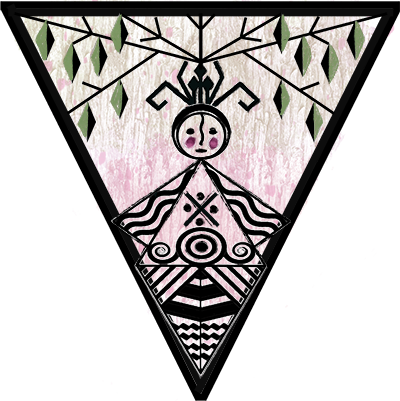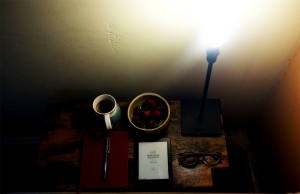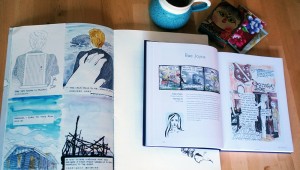It proved to be a captivating read, however, about strong, intriguing people and history-making, bloody, events that would shake any brave soul. The author lived in Sibiu at the time of the 1989 Romanian revolution, which overthrew the communist regime. She was 18 at the time. It made for a very interesting read — the bodies in the morgue, the blood in the town’s plazas, the gigantic footprints in the snow, in front of the door. I was 13 and away from the main cities where events took place, so my memories of that time have been provided by the TV. The account of that dramatic period is clearly very personal in “Out of the Transylvania Night” (which makes for a more authentic read, in my opinion), the heart-racing parts about the bloody shootings interspaced with the gentler moments of a budding love story.
The author herself is a very interesting person. She has visions and premonitory dreams, which bring a level of mysticism to the story — always a plus. I connected with her description of her family’s dynamics and the painful separation brought about by her emigration to U.S. Her immigration story could be a book in itself. This second part of the book was the one that I enjoyed the most — the part about living the dream and then finding that the dream was turning her into someone else, who she did not want to be. In a very short period of time the author’s life took so many turns, and brought about so many moments of learning and growth, that it is no surprise to me she had to write a memoir.
It is an excellent read. Very fast paced. I must confess that I could have done with slowing down at times, particularly in the last part of the book, which I thought was very meaningful and important, and could have taken more space. In the end, the Transylvanian night of the title becomes a story of newborn dawns — always worth reading.



